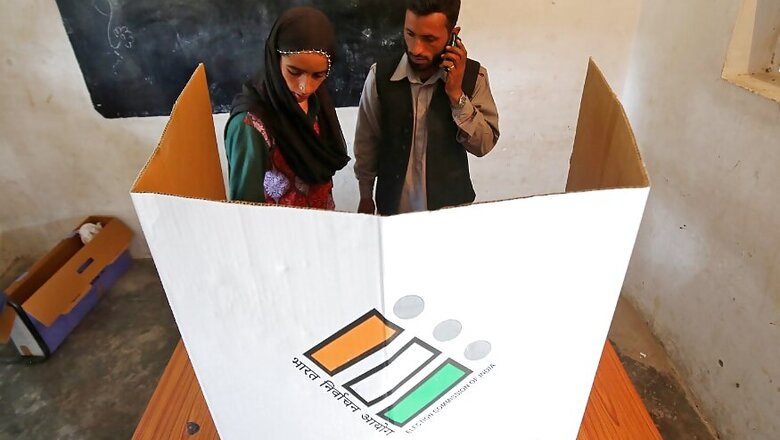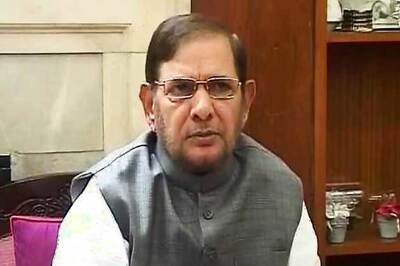
views
As the seventh and final phase of the Lok Sabha election draws to a close on Sunday, all eyes will now shift to the results of the exit polls, which will give an early indication of the outcome four days before the verdict is announced on May 23.
News18.com will bring to you the much awaited News18-IPSOS exit poll results — a deep dive into the elections with a detailed analysis of voter mood, trends and factors that defined the world’s largest democratic exercise.
The numbers and figures will only be discussed after voting concludes for the last phase in the evening when the Election Commission gives the go ahead for airing the exit poll.
The News18 exit poll has been conducted by IPSOS, world’s top international pollster that boasts a solid track record of predicting the electoral outcomes of several elections around the world with accuracy.
Here’s how the survey was conducted:
To envisage the number of seats likely to be won by each of the political parties (or alliances) contesting the general election, total 199 parliamentary constituencies were selected out of 543 constituencies across 28 states.
Within the parliamentary constituencies, 796 assembly constituencies were selected, and then 4776 individual polling station areas were selected for conducting interviews. In each polling station, around 25 voters were randomly selected depending on the terrain and voter turnouts in that particular polling station. Total 1,21,542 voters were interviewed from 199 parliamentary constituencies.
Stage 1: Selection of PCs was done considering past election results at the parliamentary constituency level like –
- Constituencies where a party has not lost an election in the past two / three elections
- Constituencies where the winning margin is low
- Constituencies which flip-flop election to election
- Constituencies that have “heavy weight” candidates
Stage 2: Four to six assembly constituencies were selected in each parliamentary constituency using systematic random sampling (SRS) process.
Stage 3: In each assembly constituency, six polling stations were selected using systematic random sampling (SRS) process.
Stage 4: Voters were randomly selected outside the polling station. Every third voter coming out after casting vote were selected.
Survey was conducted on the election day in all seven phases of the polling. The interviewing process starts when the polls open and continues throughout the day until polls close to ensure better representation of the voters, coming in at different time cluster for voting.
Each polling booth was covered for one hour, by three interviewers. They then moved to next polling booth. All interviews were conducted using Computer-assisted personal interviewing (CAPI) devices.
To overcome prejudice/response bias, election symbol including party name of key parties contesting in respective constituency were shown in one screen. When asking voting related questions, a virtual polling booth scenario was created, wherein we hand over the data capturing device to respondent on which they were allowed to mark the party they had voted for.
The questionnaire was translated into vernacular language which is mainly spoken in the respondents’ state. Data was weighted to reflect the constituency profile on age, gender, caste, religion and voter turnout.




















Comments
0 comment